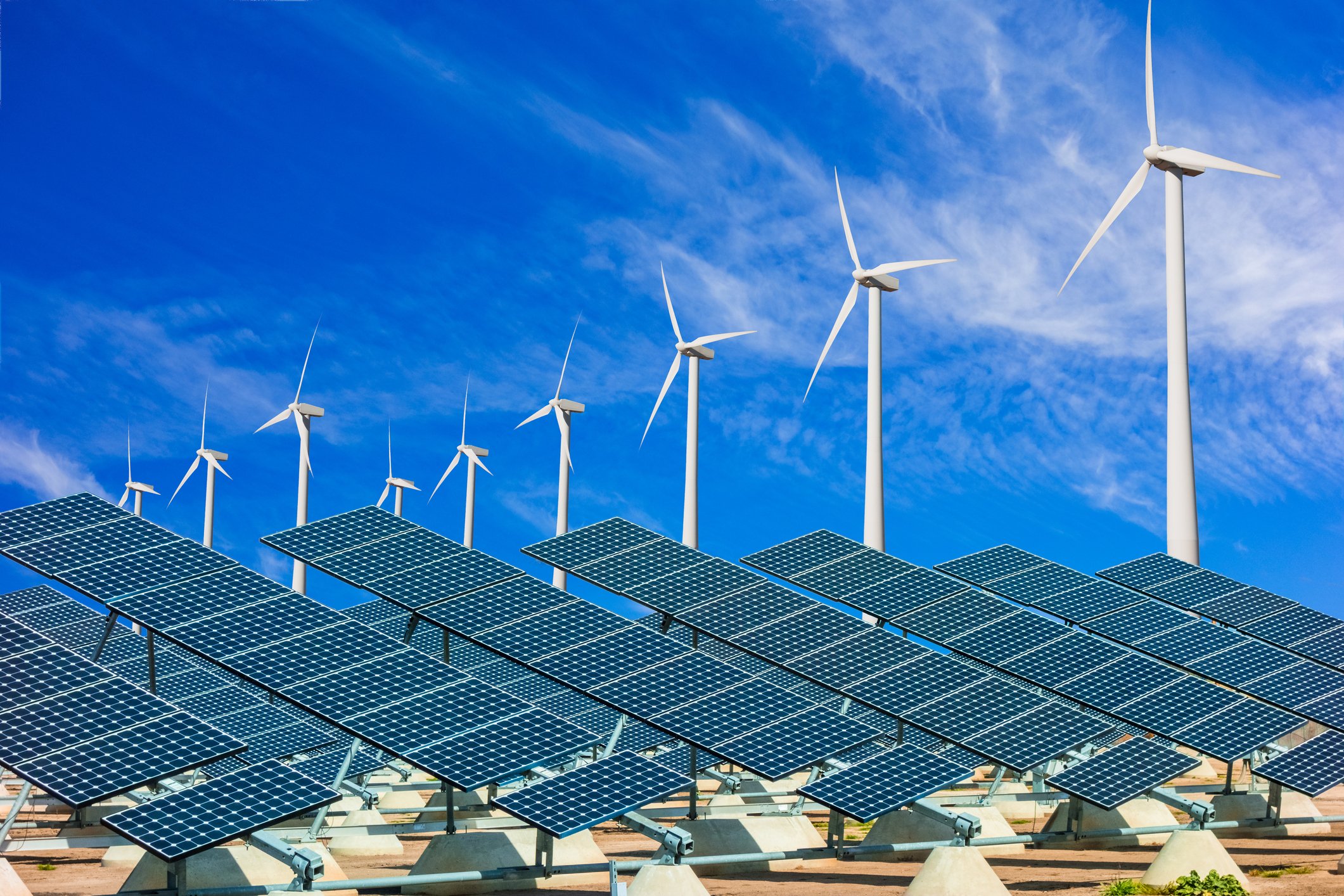
Last week, temperatures plummeted to their lowest levels in 20 years as a polar vortex traveled down from the North Pole. Utilities reeled as customers cranked up their thermostats and thousands lost power. But what does this freak weather mean for utilities' finances? Here's what you need to know.
Peak power
The biggest news from most utilities had nothing to do with frozen customers. Instead, companies celebrated new records for peak winter demand as customers called on massive amounts of power to heat their homes and businesses. From Southern Company's (SO 0.24%) Florida Gulf Power subsidiary to PPL Corporation (PPL 0.23%) in Pennsylvania, power use in winter hit new highs:
|
Company |
New Record |
Previous Record |
|---|---|---|
|
Duke Energy (DUK 0.44%) Indiana |
7,214 MW |
6,975 MW (2009) |
|
Duke Energy Ohio/Kentucky |
5,105 MW |
4,599 MW (2009) |
|
Duke Energy Carolinas |
20,246 MW |
18,985 MW (2009) |
|
Duke Energy Progress |
14,190 MW |
13,884 MW (2010) |
|
PPL (Pennsylvania ) |
7,784 MW |
7,577 MW (2007) |
|
Southern Company Georgia Power |
16,859 MW |
15,806 MW (2010) |
|
Southern Company Gulf Power |
2,694 MW |
2,634 MW (2007) |
|
Dominion Resources (D +0.35%) Virginia Power |
19,730 MW |
18,079 MW (2007) |
Source: Duke Energy, PPL, Southern Company, Dominion Resources news releases
But peak power isn't always preferred. Utilities' supply strained to meet demand, and companies urged customers to cut consumption. Duke Energy Corporation urged customers to keep their homes cooler, calling thermostats "the real culprit" of winter electricity bills. Further North, PPL Corporation directed customers to keep south-facing windows open during the day to heat homes with sunlight.
Why worry?
Overextended electricity systems spell disaster. Around 34,000 Dominion Resources customers (1.4% of total) lost electricity at some point during the polar vortex. And while power had been restored to all homes and businesses by Thursday, it's a potentially problematic process.
When an electricity grid lights back up, customers immediately slam the heat on high, adding more demand to an already-stretched system. That means a slower, step-by-step process to ensure power stays on for everyone.
Utilities know this and took the opportunity to remind regulators of the need for strong infrastructure. Here are just a few quotes:
"Weather such as this reinforces the need for us to continue to invest in our infrastructure including multiple sources of generation and advanced 'smart grid' technologies in order to deliver safe and reliable power to customers." -- Southern Company Georgia Power senior VP
"Despite the challenges of the extremely cold weather, our system has responded well." -- Duke Energy Corporation VP of system operations
"We continuously maintain our system and invest in improvements for year-round reliability, including during weather extremes like this one." -- PPL Corporation VP of distribution operations
Frozen assets?
The polar vortex may have knocked out power, but it won't affect utilities' long-term profit potential. While Duke Energy may see an uptick in power use profits for this quarter and Dominion Resources may feel an operational squeeze from electricity restoration, polar vortexes are built in to these companies' business models. A balanced book, diversified assets, strong infrastructure, and favorable regulation will continue to most directly dictate a utility's profits -- polar vortex or not.









